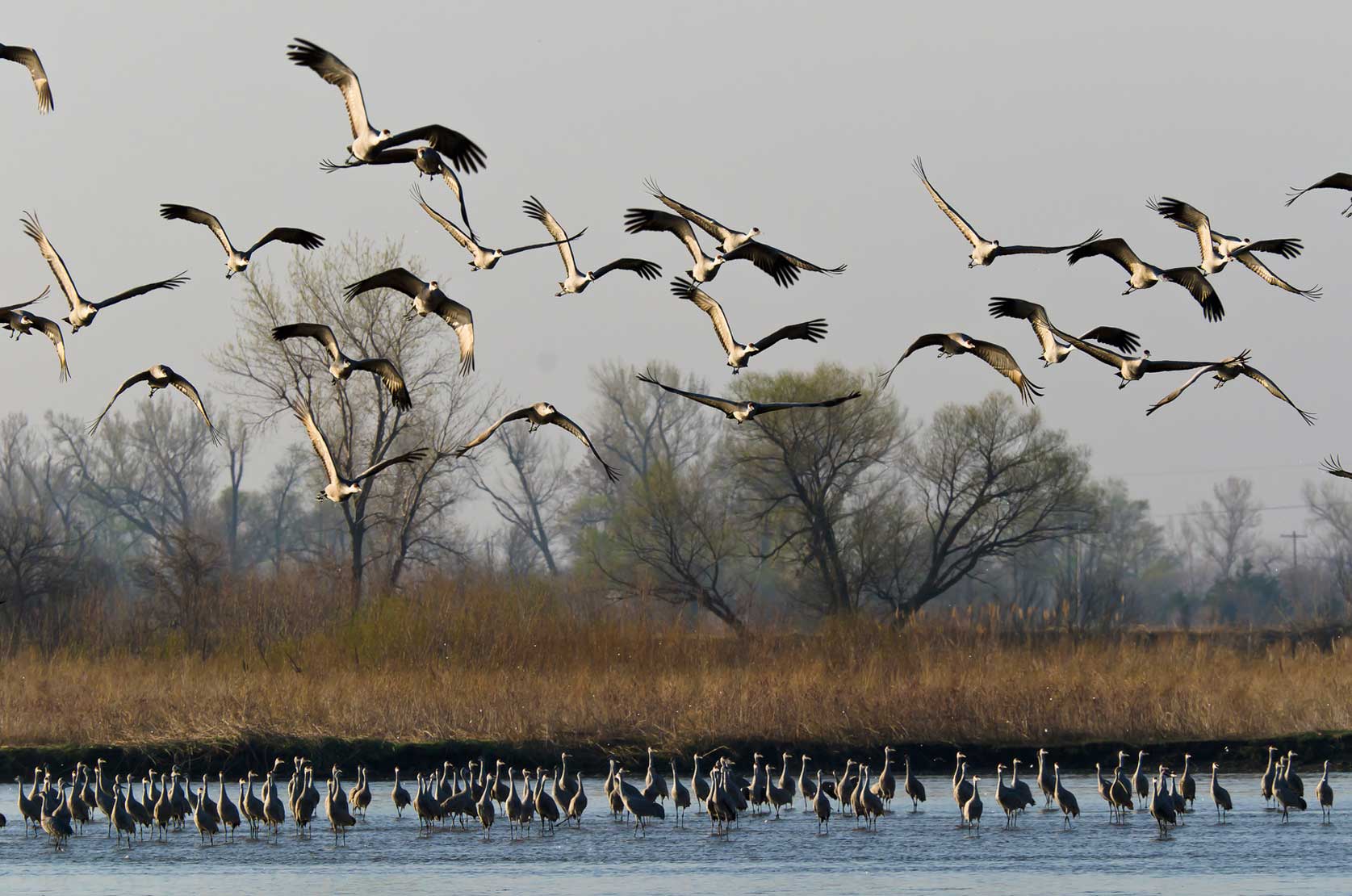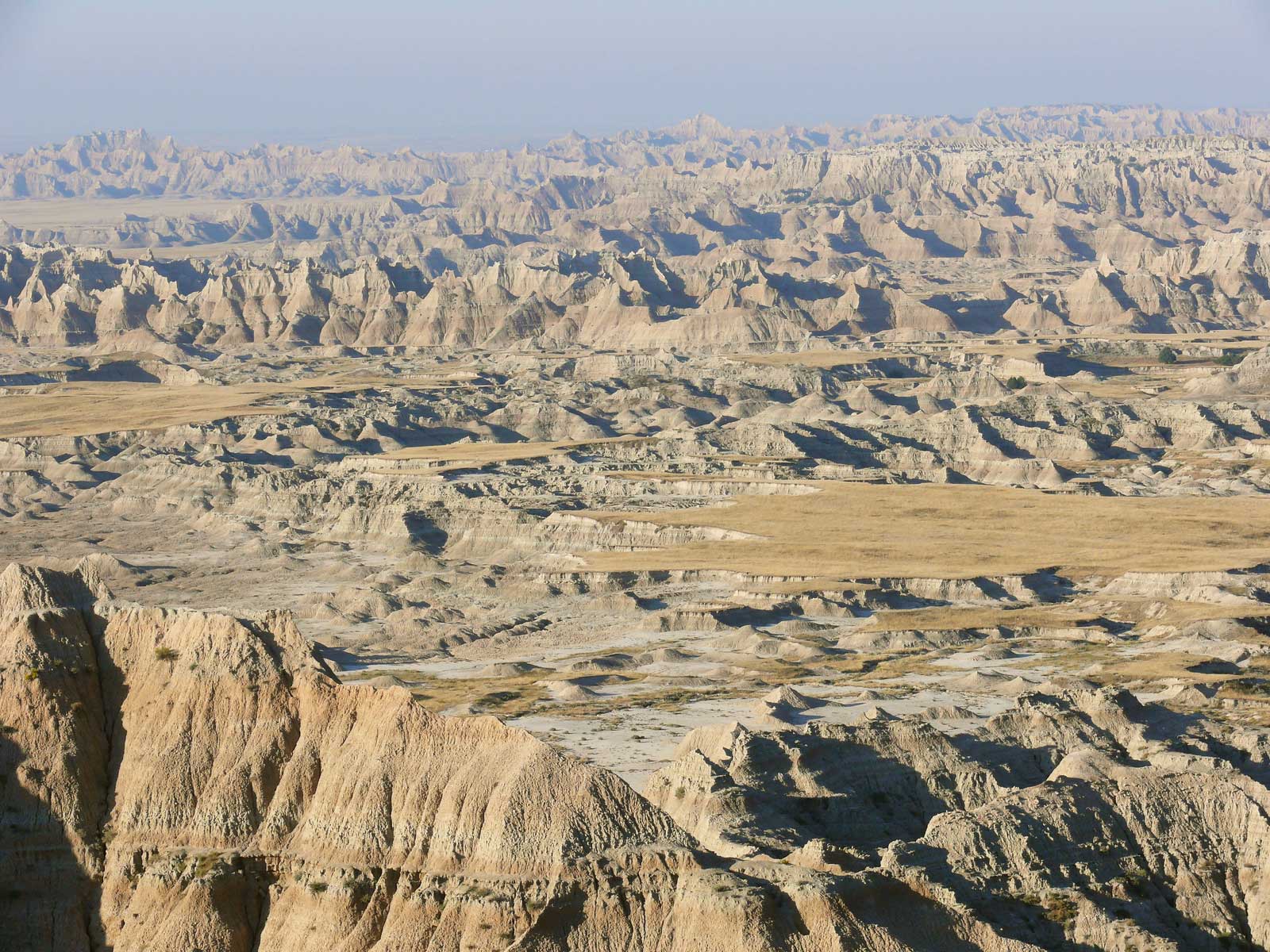News Release
Conservation Agreement Allows U.S. Fish & Wildlife Service to Withdraw Proposed Rule to List Graham’s and White River beardtongues
For Immediate Release
August 5, 2014

DENVER--The U.S. Fish and Wildlife Service (Service) announced today that it is withdrawing a proposed rule to protect Graham's beardtongue and White River beardtongue under the Endangered Species Act (ESA). The decision was made after the Service worked with county, state, and federal partners to finalize a conservation agreement, which will reduce threats and provide landscape-level protections to both plant species across their ranges in the Uintah Basin in Utah and Colorado.
The conservation agreement, signed by the Service, Uintah County, Utah, Rio Blanco County, Colorado, the Utah School and Institutional Trust Lands Administration, the Utah Governor’s Public Lands Policy Coordination Office, the Utah Division of Wildlife Resources, and the BLM in Utah and Colorado, comprehensively addresses the threats to both species to the point that they no longer meet the definition of a threatened or endangered species under the ESA.
"It's important for us to find common ground and work collaboratively when addressing the needs of imperiled species. I believe that's what we accomplished together with the signing of a range-wide conservation agreement for both beardtongues," said Noreen Walsh, Mountain-Prairie Regional Director. “We are confident that the conservation agreement will assist the Service and its conservation partners in protecting these rare beardtongues in both Utah and Colorado.”
Graham's and White River beardtongues are endemic plants with showy flowers. Their ranges overlap along the Utah-Colorado border. Graham's beardtongue occurs mostly in the exposed oil shale strata of the Parachute Creek Member and other unclassified members of the Green River geologic formation. White River beardtongue occurs on low-elevation oil shale barrens near the White River. Twenty-four populations of Graham's Beardtongue are known to exist, which contain 40,333 plants. Eight populations of White River beardtongue are known to exist, which contain 12,215 plants. The Service proposed to protect both species as threatened under the ESA on August, 6, 2013, due to the threats of energy exploration and development and the cumulative effects of increased energy development, livestock grazing, invasive weeds, small population sizes, and climate change.
The conservation agreement was formalized on July 22, 23 and 25, 2014, and establishes designated conservation areas to ensure redundancy, resiliency, and representation of both species across their ranges. Conservation areas were selected to encompass large populations to ensure species viability, and smaller populations to provide connectivity and represent the range of the species. The conservation areas and other conservation measures in the agreement were designed to minimize impacts associated with energy development through the use of spatial buffers and maximum surface disturbance caps. Additional conservation measures implemented throughout the range of both species will eliminate or reduce threats to the species by protecting occupied and suitable habitat from the effects of energy development, livestock grazing, invasive weeds, small population size, and climate change. The conservation agreement protects 64 and 76 percent of the known populations of Graham's and White River beardtongues, respectively. Of this amount, 17.5 and 14.4 percent of Graham's and White River beardtongues populations, respectively, will be protected on private lands. Protections afforded to both species on state and private lands would not otherwise occur under the Act unless there was a federal nexus.
More information is available online at http://www.fws.gov/mountain-prairie/species/plants/2utahbeardtongues/index.htm or by contacting the Utah Ecological Services Field Office at 2369 West Orton Circle, Suite 50, West Valley, Utah 84119 (telephone 801-975-3330; facsimile 801-975-3331).
– FWS –
U.S. Fish and Wildlife Service
Office of External Affairs
Mountain-Prairie Region
134 Union Blvd
Lakewood, CO 80228
303-236-7905
303-236-3815 FAX
www.fws.gov/mountain-prairie/
Contacts
Steve Segin
303-236-4578
robert_segin@fws.gov
Tova Spector
801-975-3330
tova_spector@fws.gov


















